Another week with a couple of days off, and thus with ample time to both cycle and take advantage of local photo opportunities. I took a drive south to Torrevieja, I walked around the centre of Alicante and in the fishing harbour of El Campello, and I visited a fantastic exhibition of Iranian artifacts going back 6000 years.
32_1
On Sunday I was back on the Vía Verde on my mountainbike. This time I wanted to ride at a brisker pace, consequently with fewer stops for pictures compared to the previous weekend when I was in a more exploratory mode. As before, I started at the old Agost train station, now used only for passengers to get off the train on prior request (no boarding the train here):
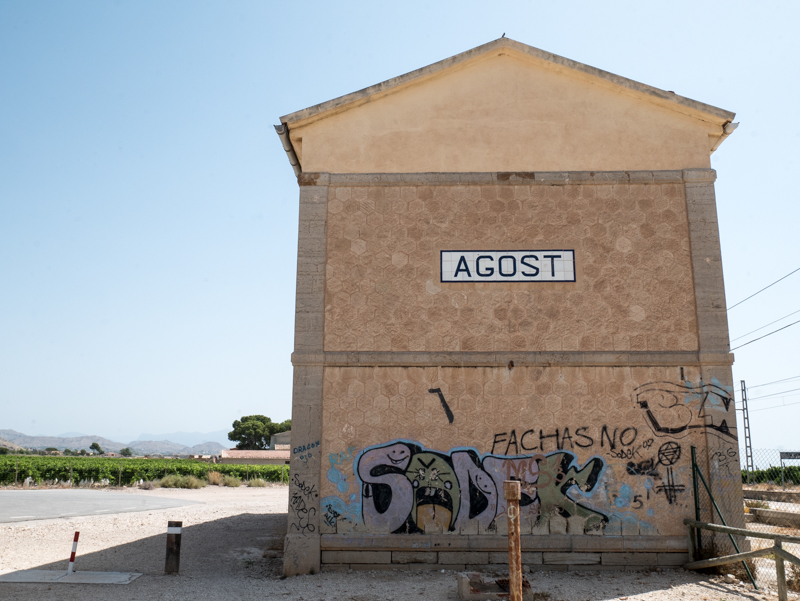
32_2
Another view of the vineyards at the beginning of the route:
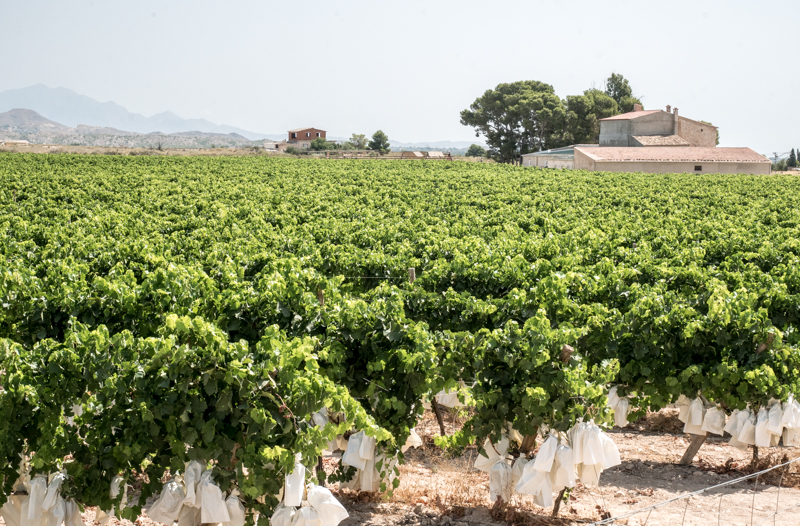
32_3
One of the six tunnels:
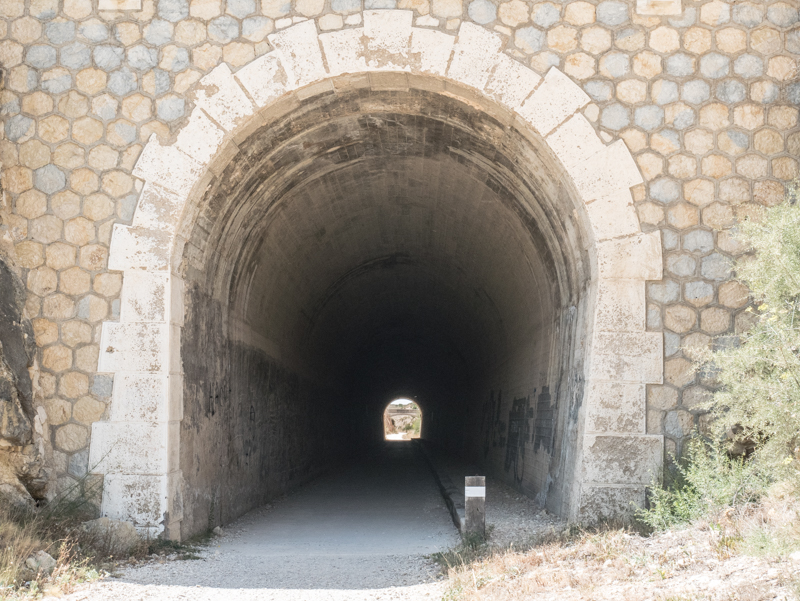
32_4
One of a couple of tall viaducts:
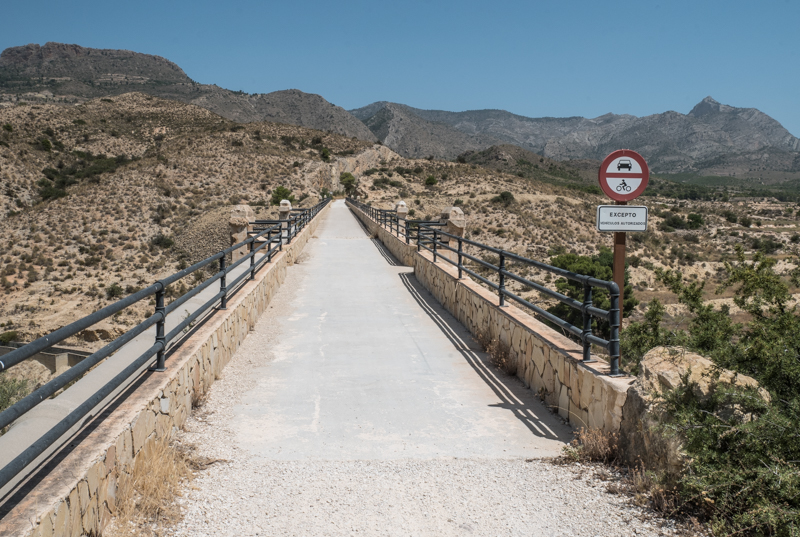
32_5
A picnic area along the Vía Verde. When the weather cools down a bit in September/October, we may actually come and do a picnic here:
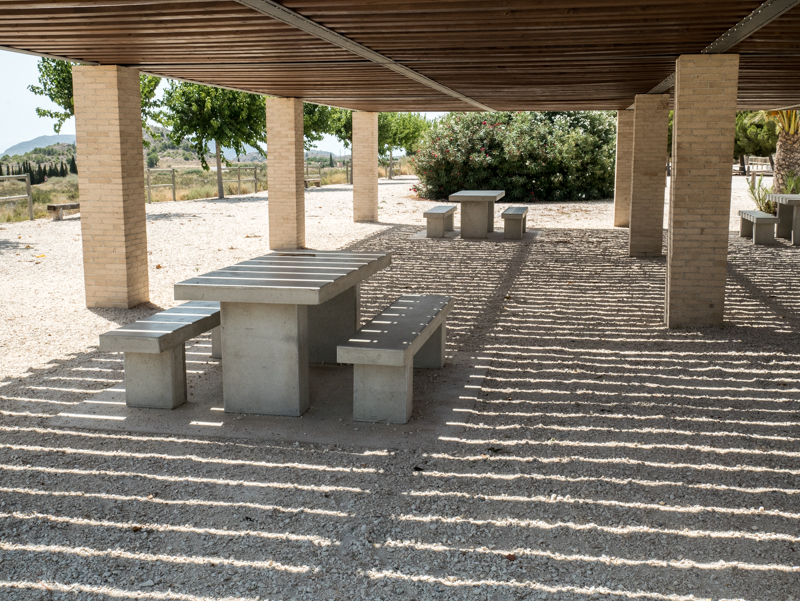
32_6
Wednesday was one of my days off, and I used the morning to drive south to Torrevieja, a beach town about 50 km south of Alicante which I rarely visit because I consider it the ugliest place in Spain, with the worst coastal sprawl anywhere. But a colleague had mentioned a nice lagoon on the outskirts of the town, so I wanted to have a look:
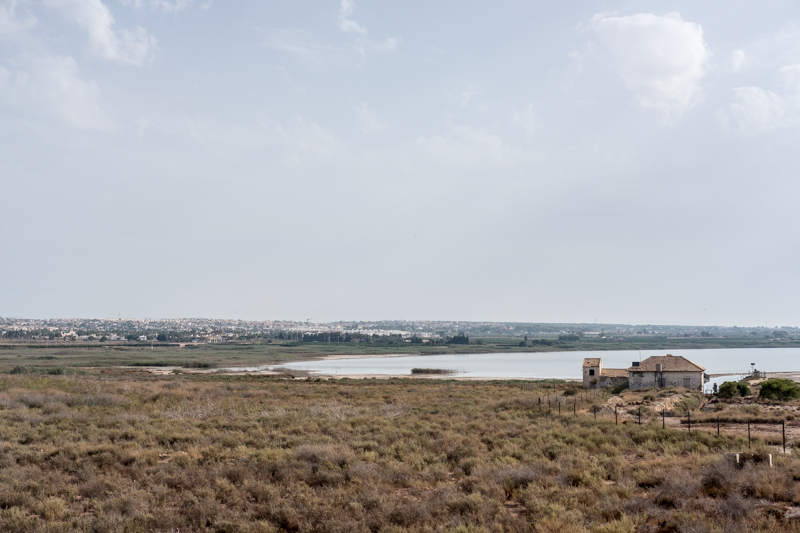
32_7
It did look like a good place to explore on mountainbike:
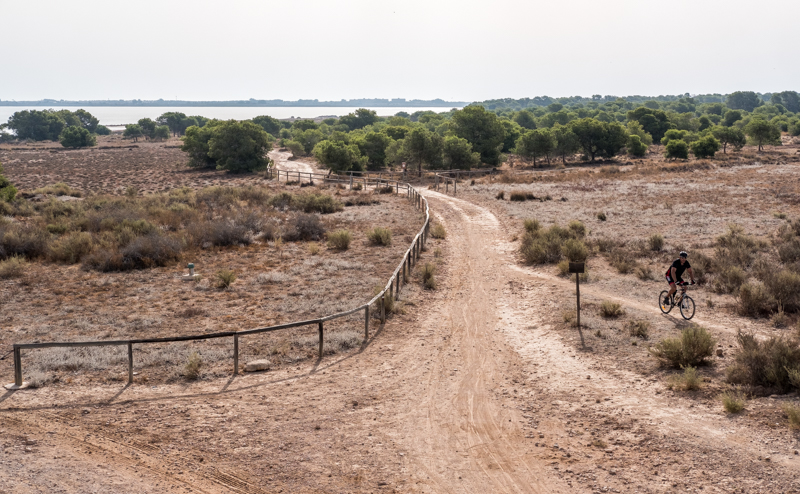
32_8
And there were some interesting twisted trees:
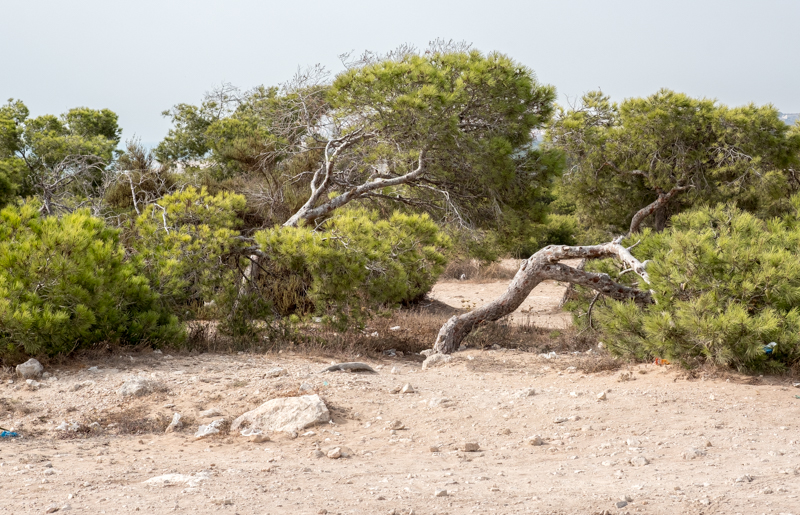
32_9
I started driving back north along the coast, but stopped at a place that looked like a good spot to look out over the water. The light was not good, though, so I only photographed some right-wing graffiti; first here, “Communist garbage”:
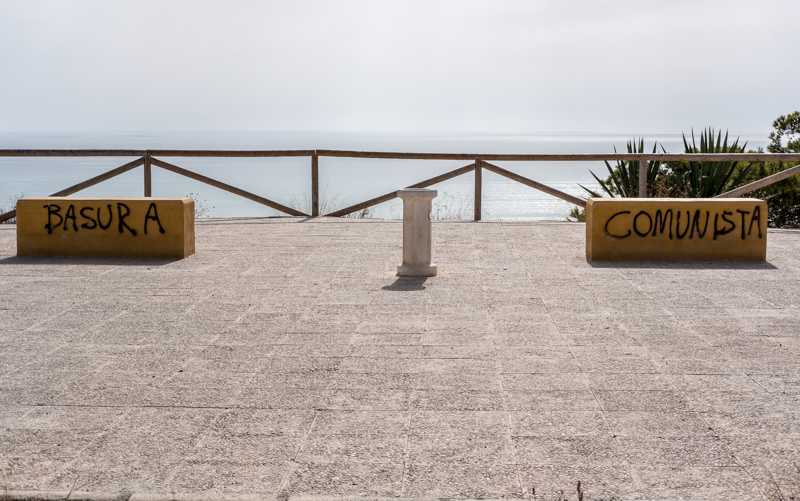
32_10
And here, accusing current Socialist Prime Minister Pedro Sanchez of treason, presumably because he is slightly more willing to talk to the Catalan independence parties than his conservative predecessor:
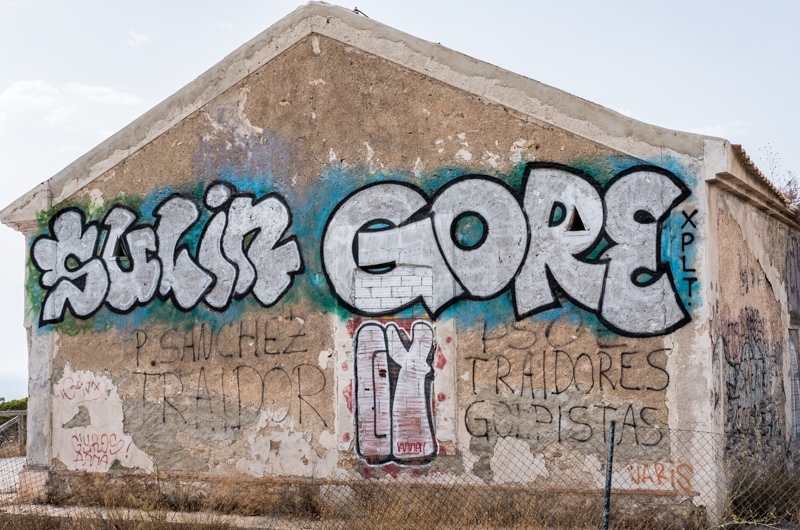
32_11
I continued north on N332, the old principal coastal road from Andalusia in the south to Valencia, now replaced by the A7 motorway as the principal route along the Mediterranean coast. Just south of Santa Pola, the road passes the salt flats, a place where I like to stop and photograph:
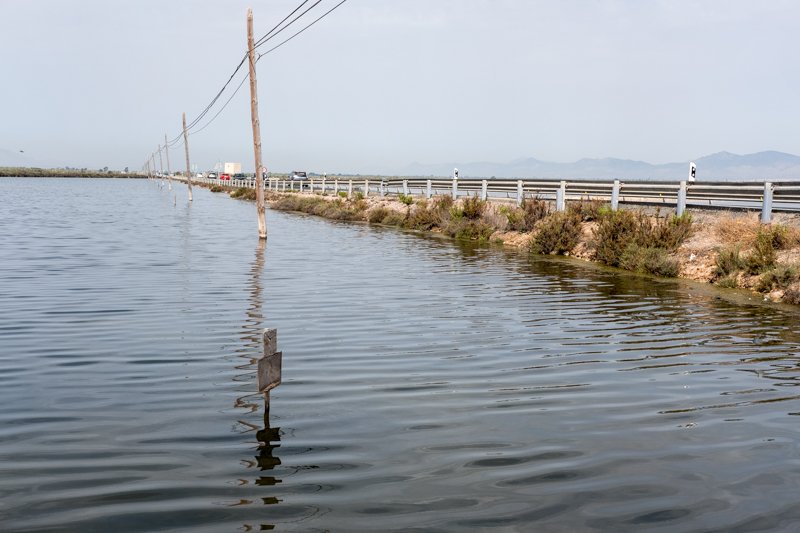
32_12
These bulls used to be all over Spain; they are really just advertisements for Osborne, a brand of sherry, and there are fewer and fewer of them:
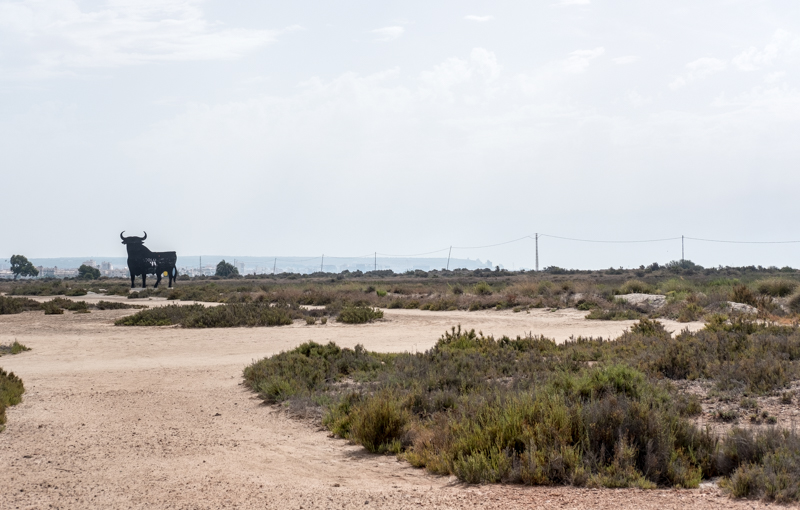
32_13
I am used to passing Santa Pola on bicycle. This time I was in a car, and it was much slower than when I am on the bike. But I finally got through the town and drove north on a lovely little coastal road that is one of my favourite cycling routes, while enjoying the sea on my right:
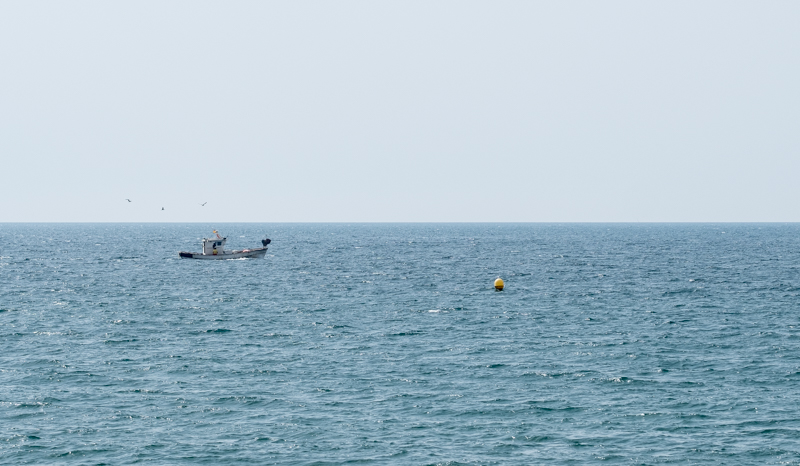
32_14
The coast on this stretch is popular for fishing:
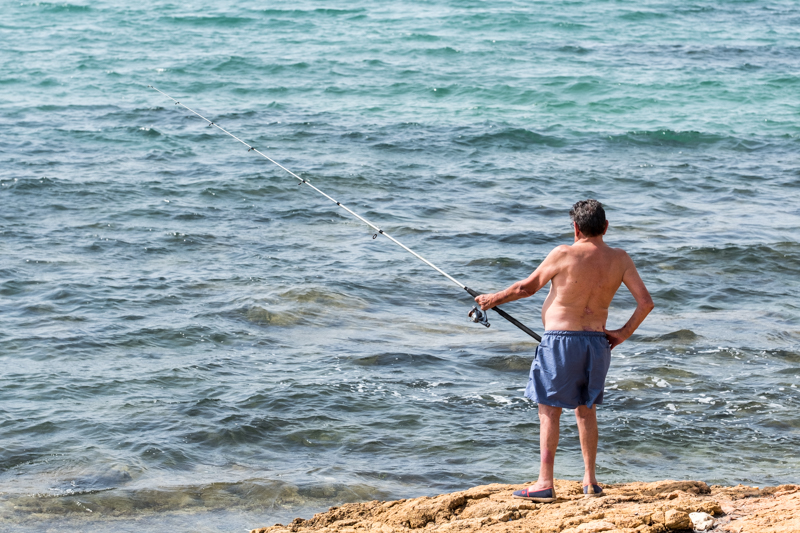
32_15
The island of Tabarca in the distance:
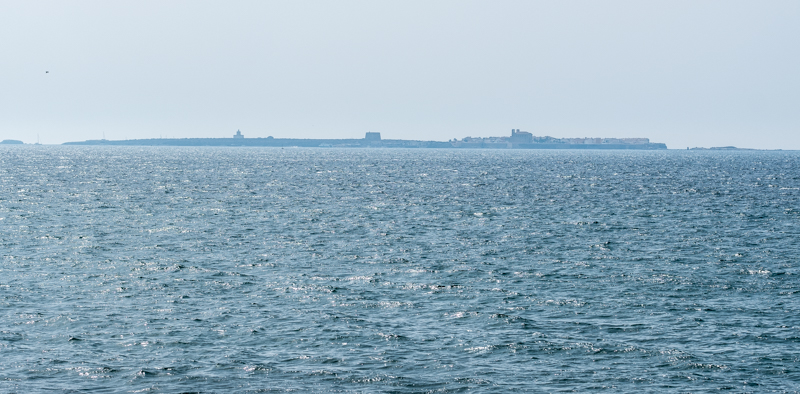
32_16
A roadside shrine to Our Lady of the Rosary:
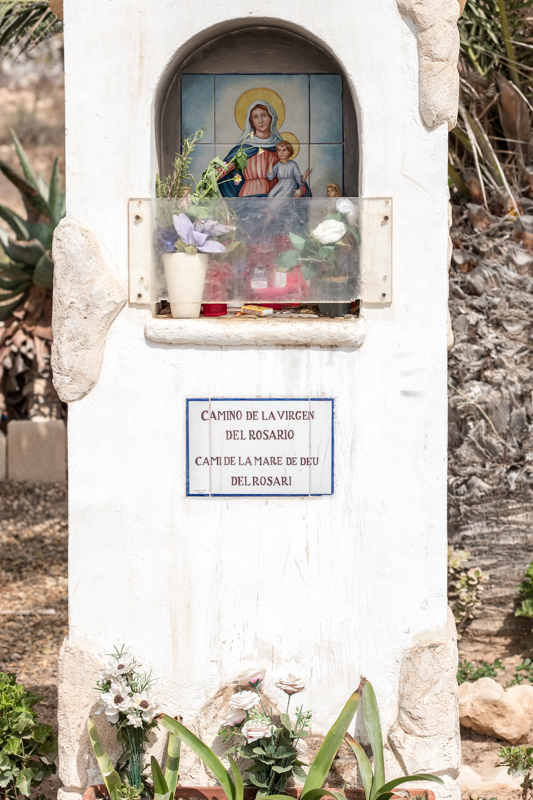
32_17
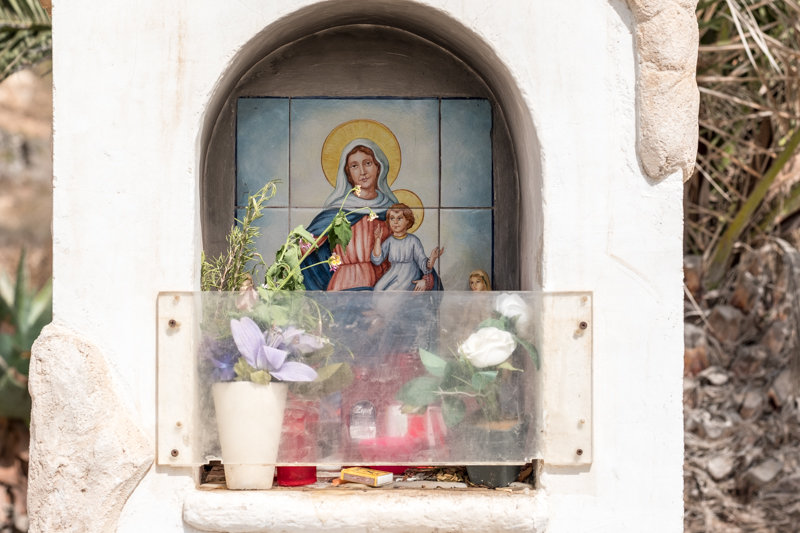
32_18
On Friday morning (closer to lunchtime, in fact, but in Spain “morning” lasts until 2 p.m.), I went for a walk in the Mercado Central. I was not looking to buy anything, just wanted to enjoy the sights and smells a bit. This baby was oblivious:
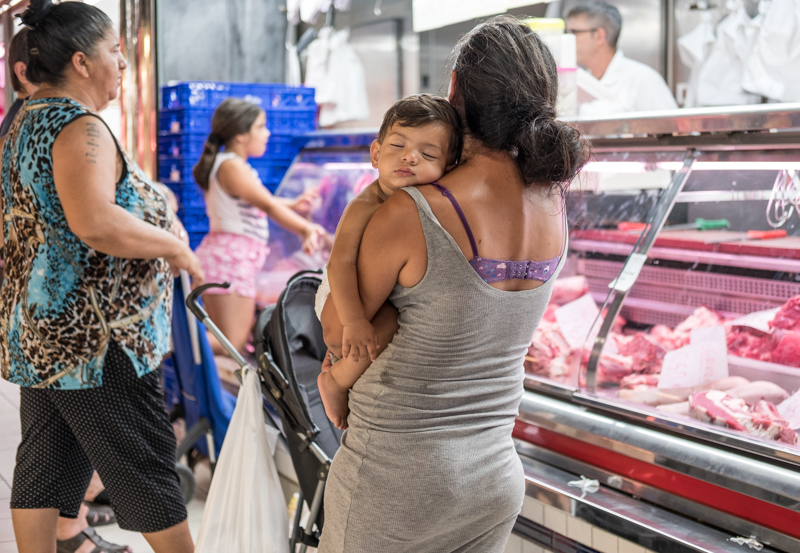
32_19
The meat counters are not for the squeamish:
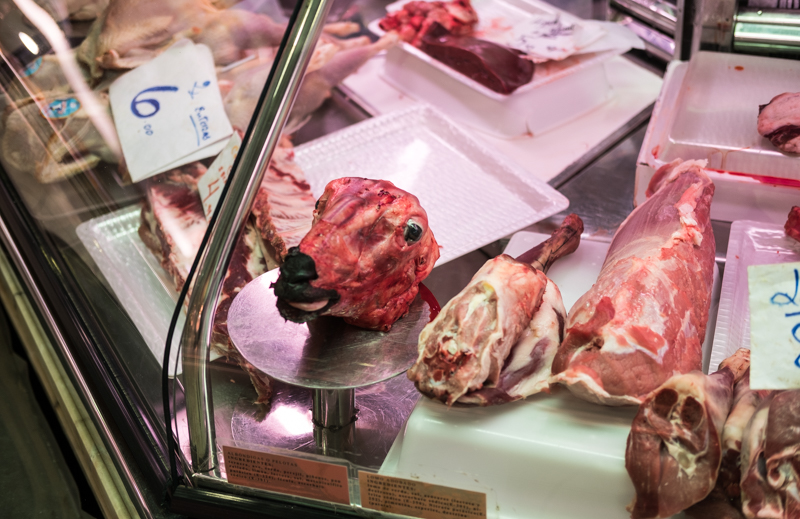
32_20
A busy fishmonger:
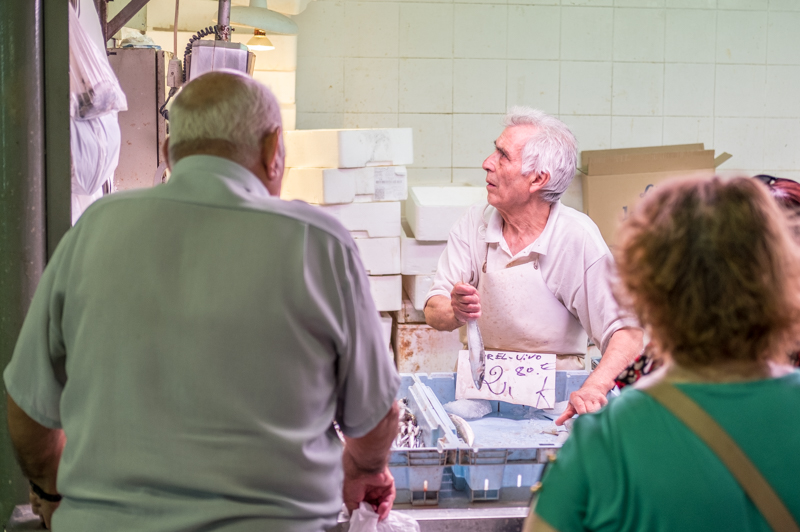
32_21
Big fish:
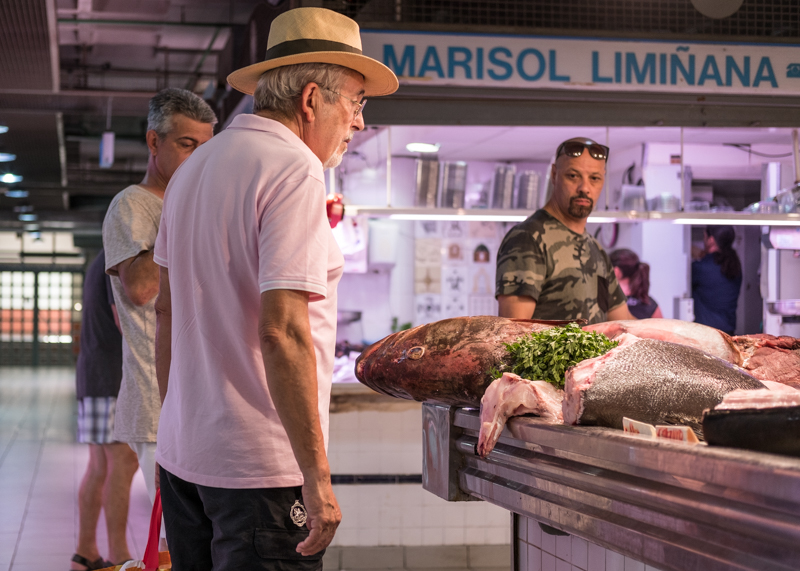
32_22
Relaxing towards the end of the trading day:
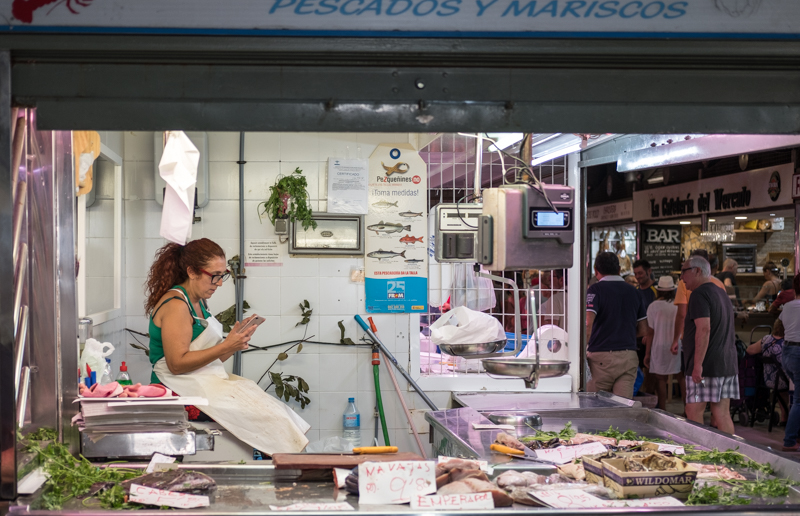
32_23
A chat as the day winds down:
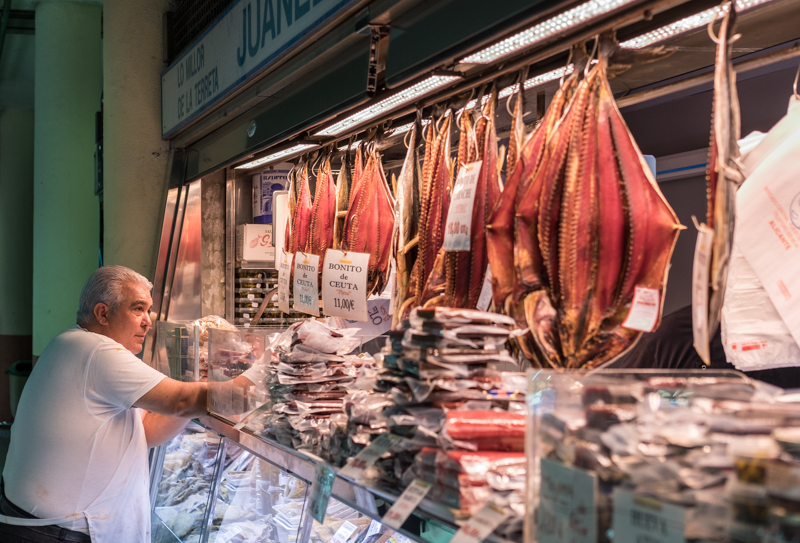
32_24
And this being Spain, there is of course a bar inside the Mercado (and several outside):
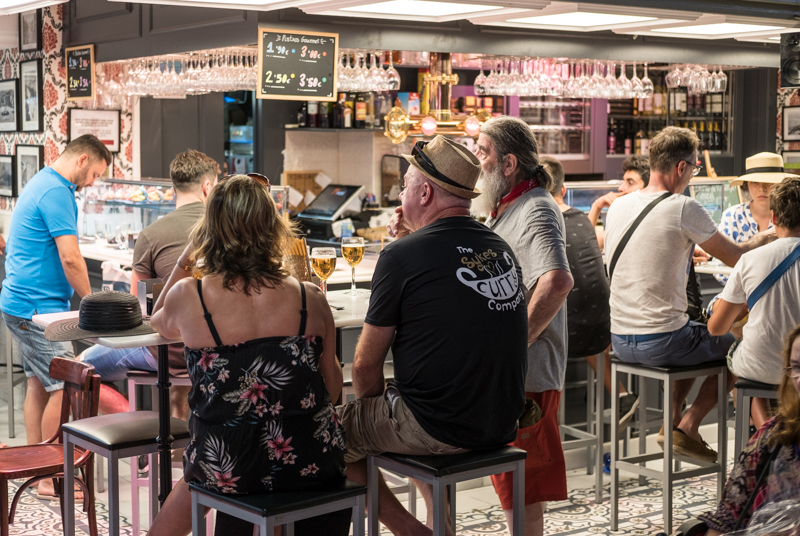
32_25
I want for a walk in the surrounding streets, partly to visit Beershooters, a shop where I did buy something. This girl outside a laundromat caught my eye:
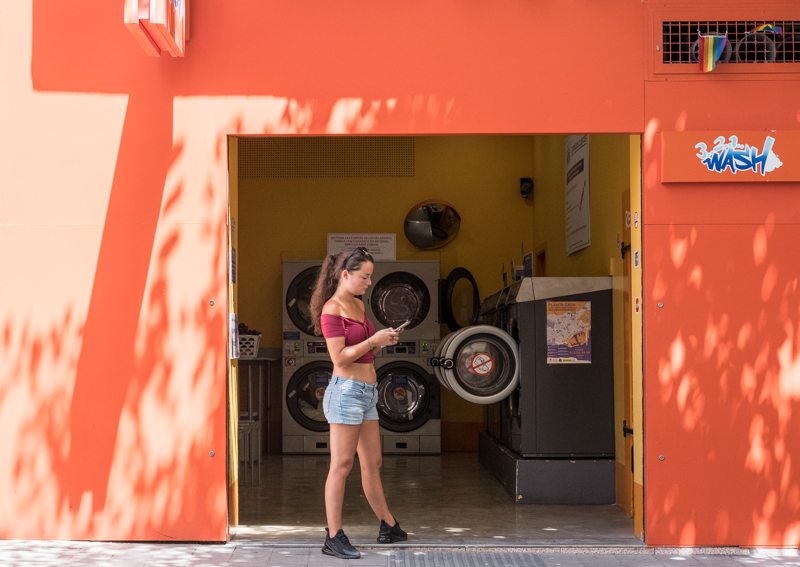
32_26
Wall art on ground level:
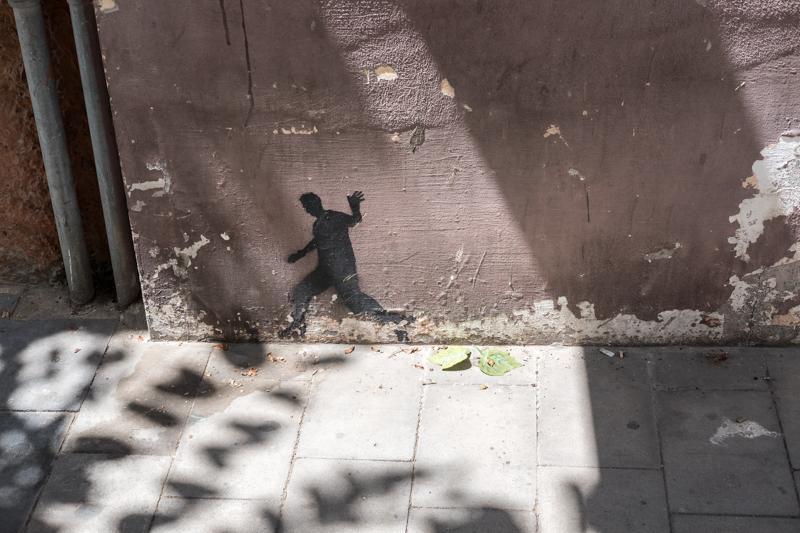
32_27
Ambivalent graffiti:
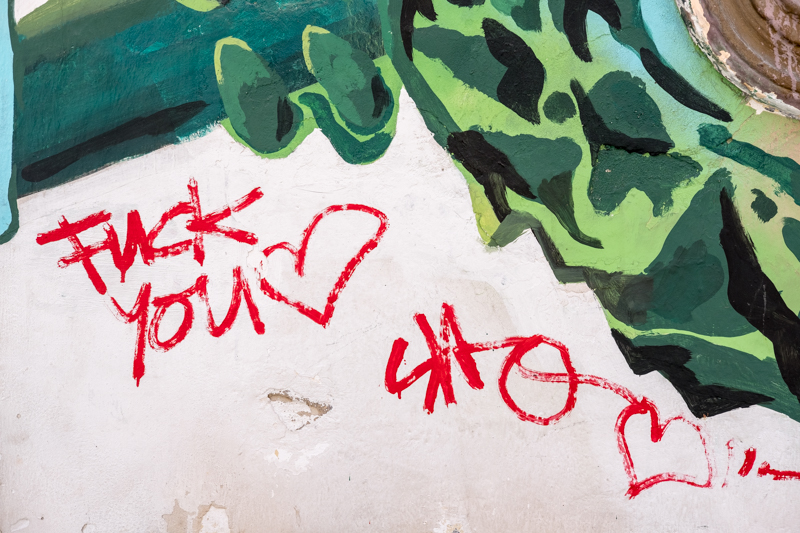
32_28
On Friday afternoon, I went for another walk, this time in the harbour of El Campello, about 6 km north of our house. I intended to have a beer in one of the many bars there, but first I wanted to have a look. All the boats were in the harbour, having brought in their catch earlier in the day:
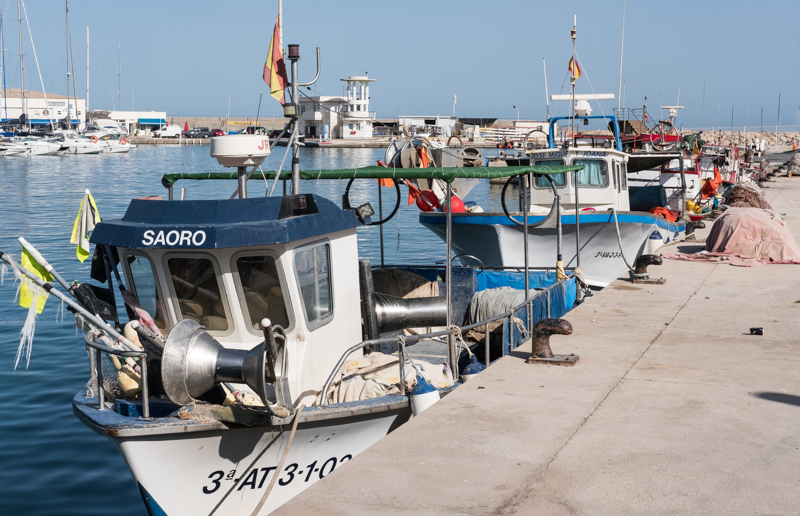
32_29
But then I noticed that the auction hall was open, and I went inside. The auction room is protected by Virgen del Carmen, the patron saint of the sea:
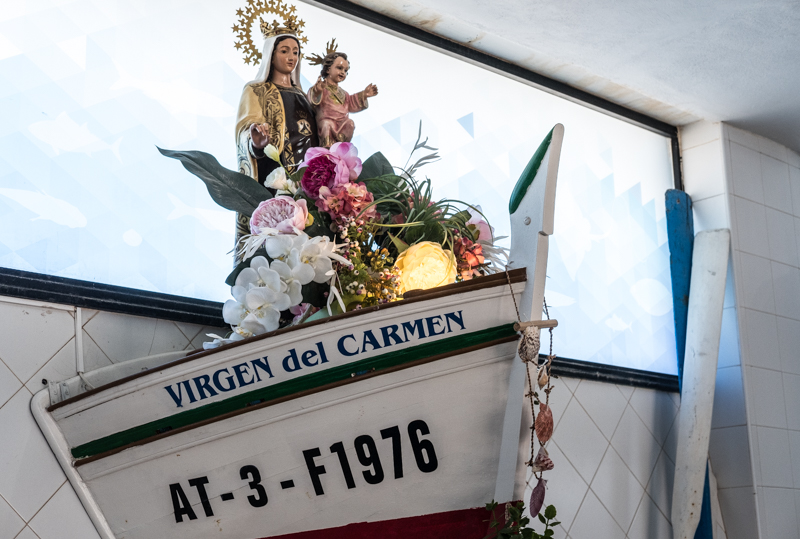
32_30
El Campello is one of the few fishing harbours in this area which has a daily auction for ordinary people every afternoon. The people buying are mostly locals, but sometimes the occasional French or Dutch visitor shows up as well (obviously, these are people staying in an apartment or in a camper). The auctioneer begins to bring out the fish for sale:
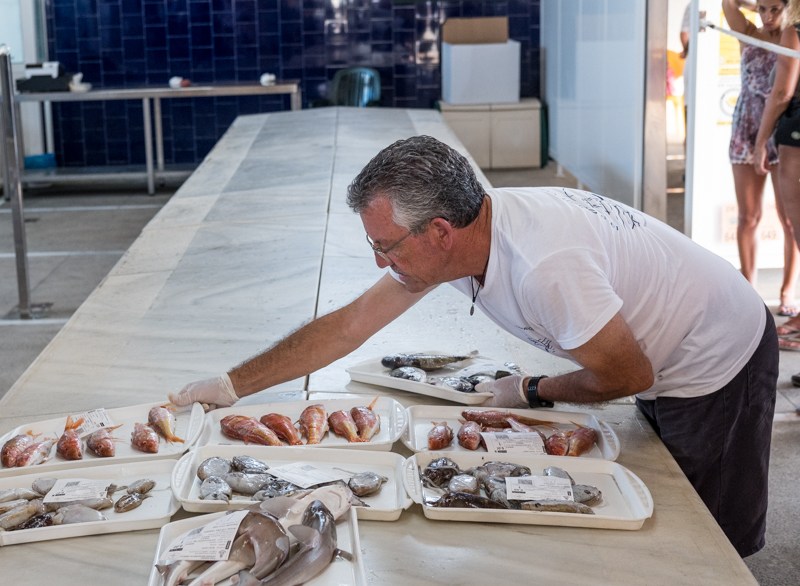
32_31
Each tray is marked with the weight, the name of the boat, the day of landing and other information. As is always the case, this fish was landed earlier the same day:
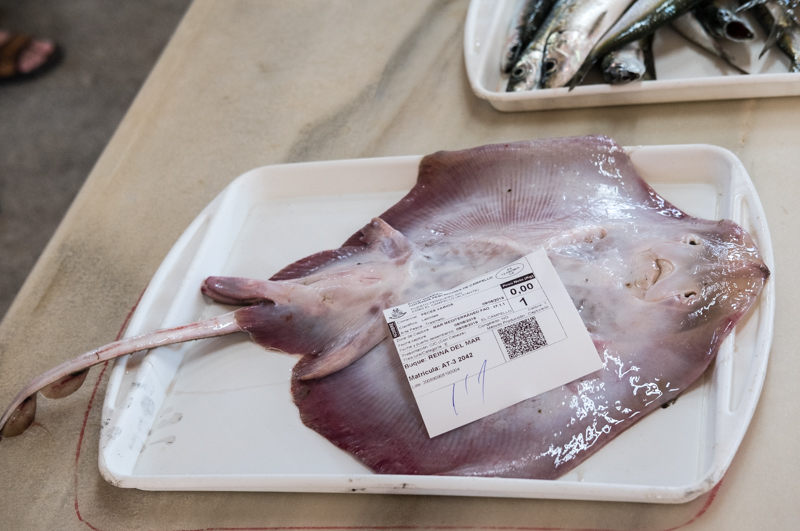
32_32
A bit of entertainment for the children:
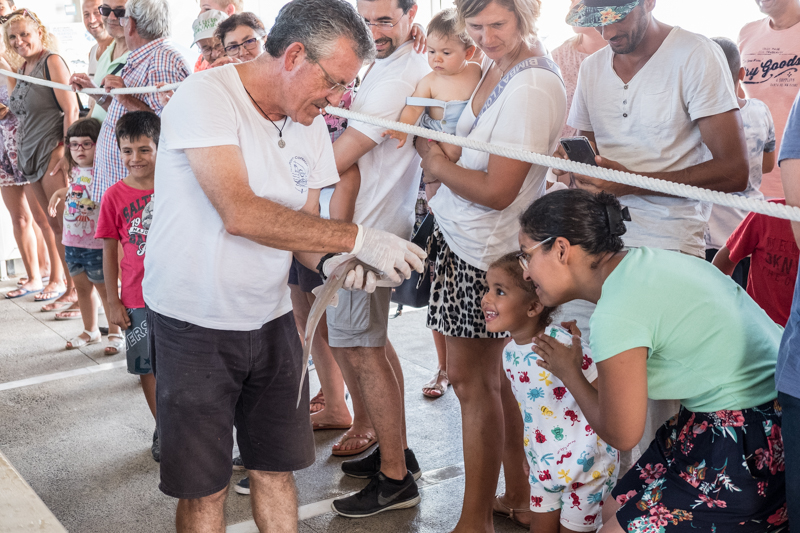
32_33
The auctioneer explains the rules. The auction is a Dutch auction, in which each lot (tray) is offered at a high starting price, which is then reduced in € 0.10 increments until someone buys it. The money goes directly to the fishermen, and they can set a minimum price below which they will not sell:
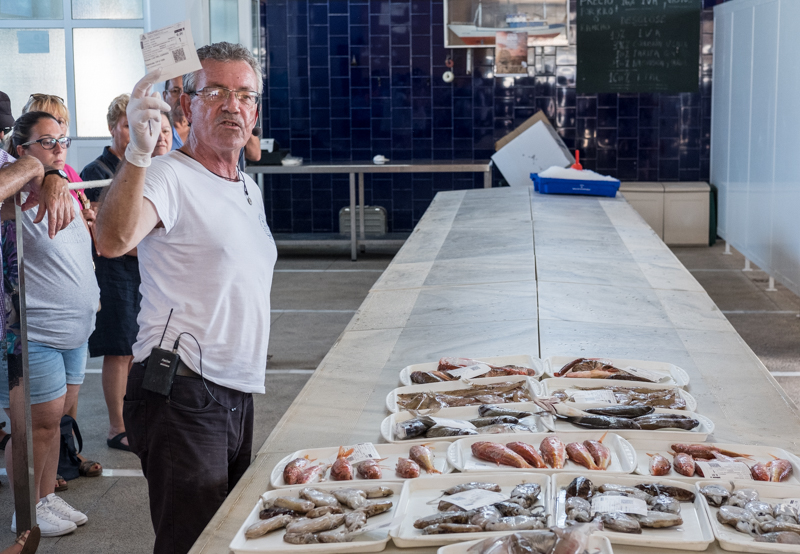
32_34
Having explained the rules, the auctioneer gets things underway:
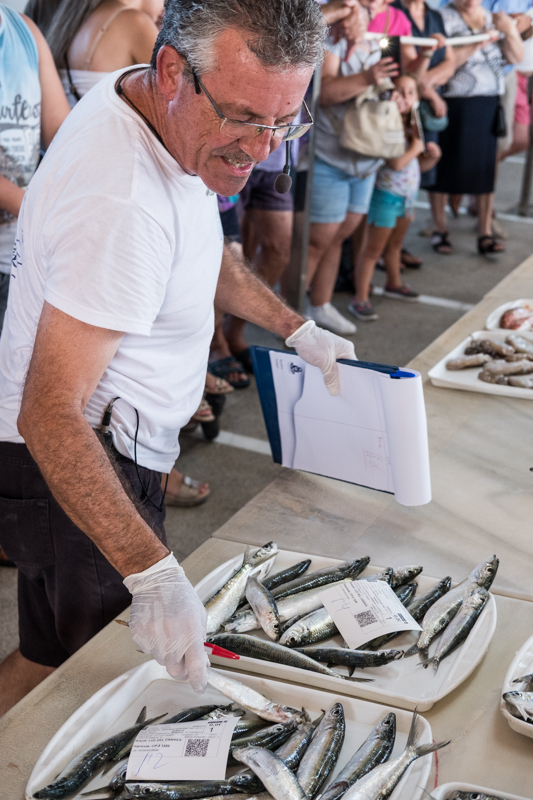
32_35
Meanwhile, outside, the El Campello beach was a busy place:
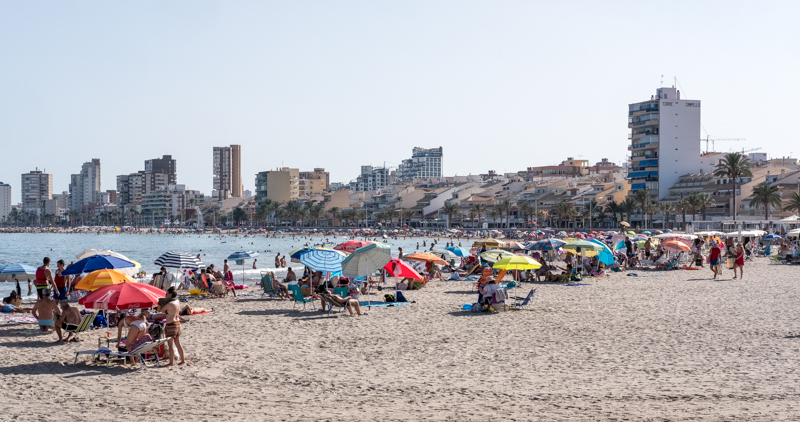
32_36
El Campello has a sizeable French population, some permanent, some seasonal, and so the pétanque courts on the beach are often in use:
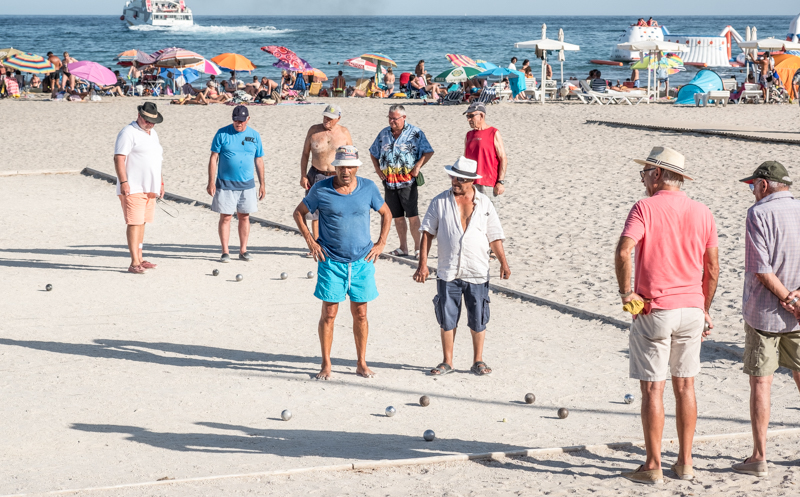
32_37
A shot:
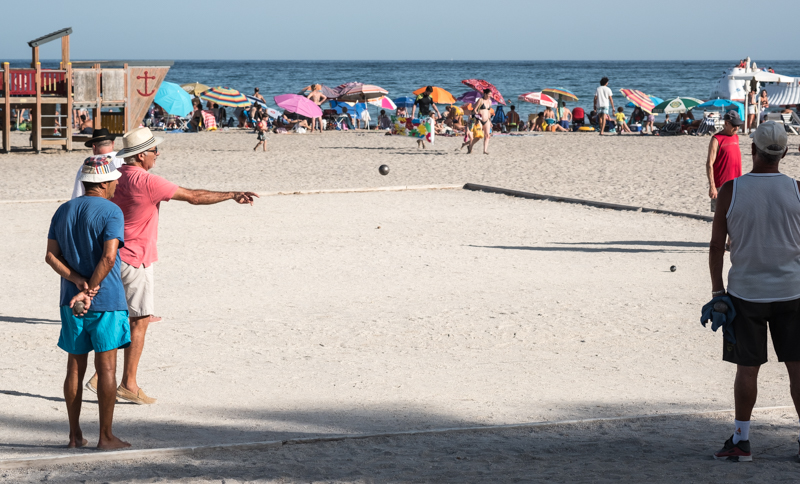
32_38
Measurement:
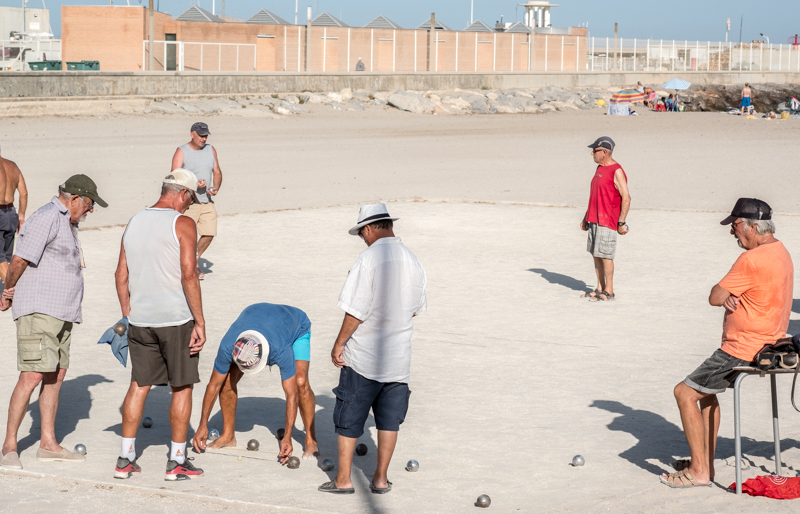
32_39
Game over:
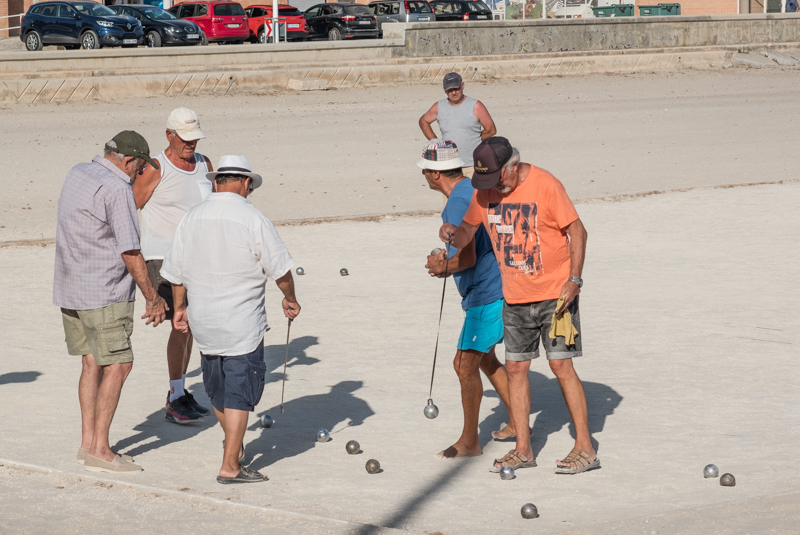
32_40
On Saturday morning, I was out cycling as usual, and as often happens, the Plaza de la Iglesia in Aigües provided me with a rest and a photo opportunity:
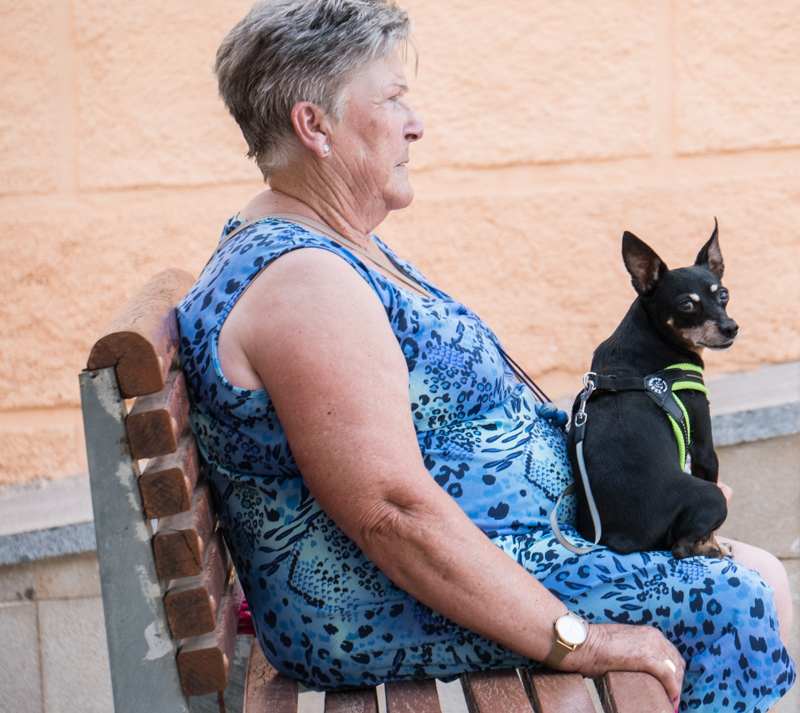
32_41
After my ride, I met up with my daughter Monica to go to our local archeological museum MARQ to see an exhibition called “Iran-the cradle of civilisation”, organised jointly with Iran’s national museum in Teheran. Monica is always very interested when we go to this kind of exhibitions, and really takes her time to look at the objects:
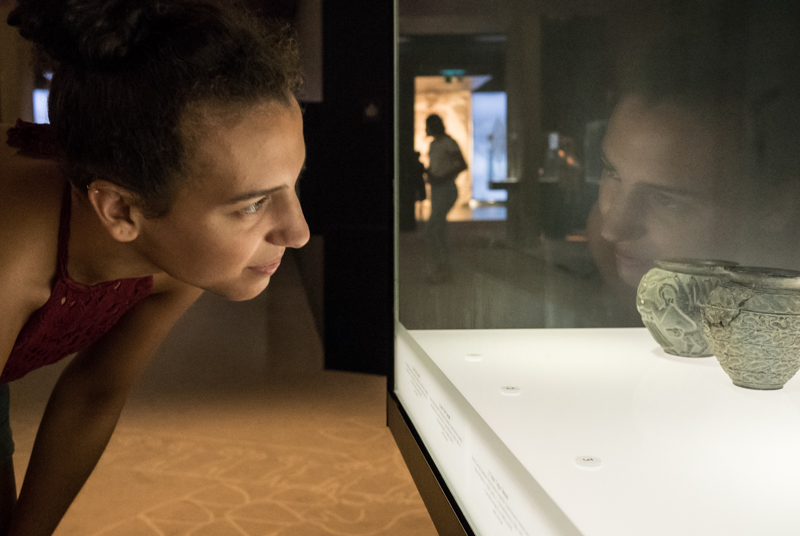
32_42
The exhibition was really fascinating, containing objects from the various peoples who have inhabited the territory of today’s Iran during the past several millenia. This recorder-like instrument is 6000 years old:
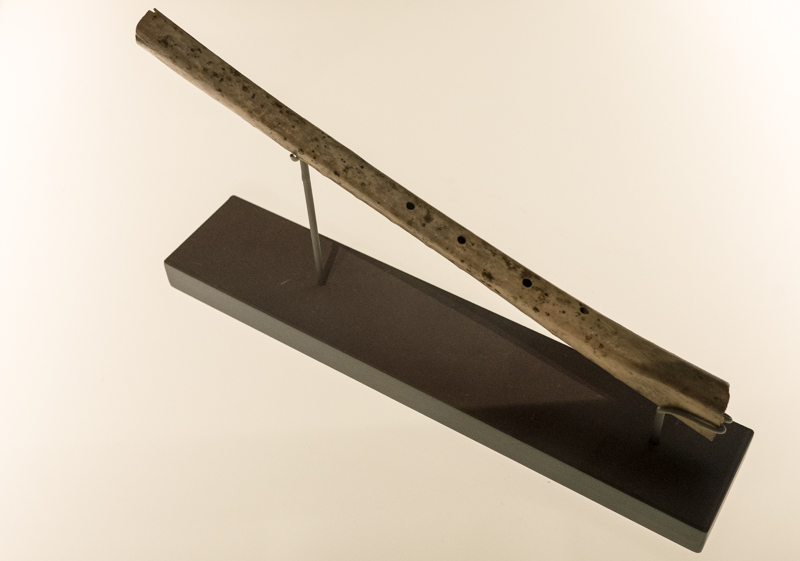
32_43
A ceramic bowl with decorations; even several thousand years ago, people wanted their things to be beautiful and not only functional:
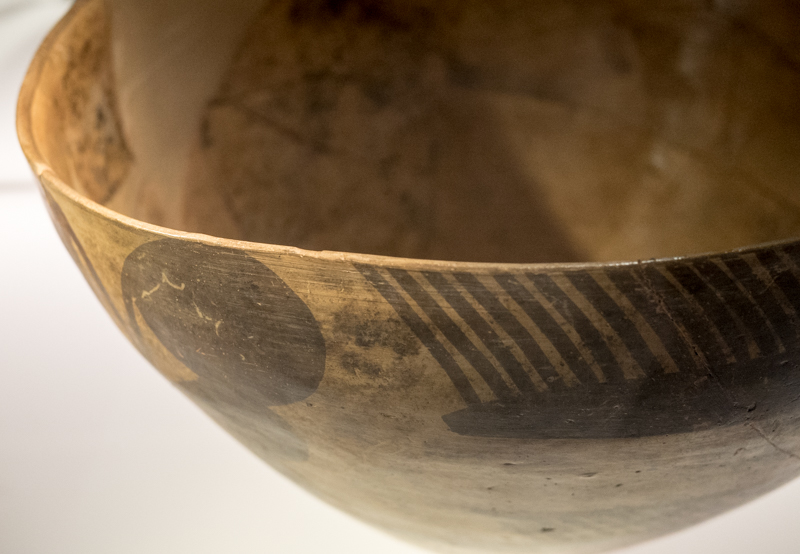
32_44
A vessel which reminds me of the Catalan porrón:
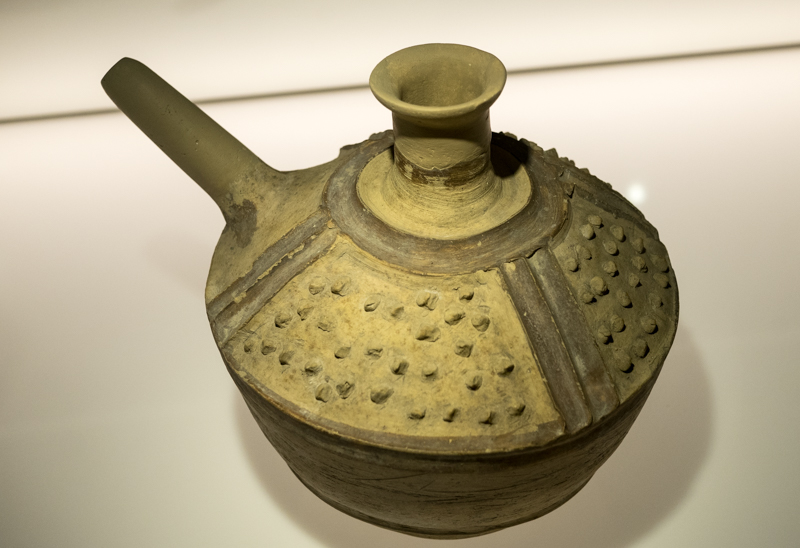
32_45
The first script, made at a time when we Europeans were still hunter-gatherers. The development of the cuneiform was driven by the development of agriculture and cities, with the consequent trade and the need to keep track of various transactions:
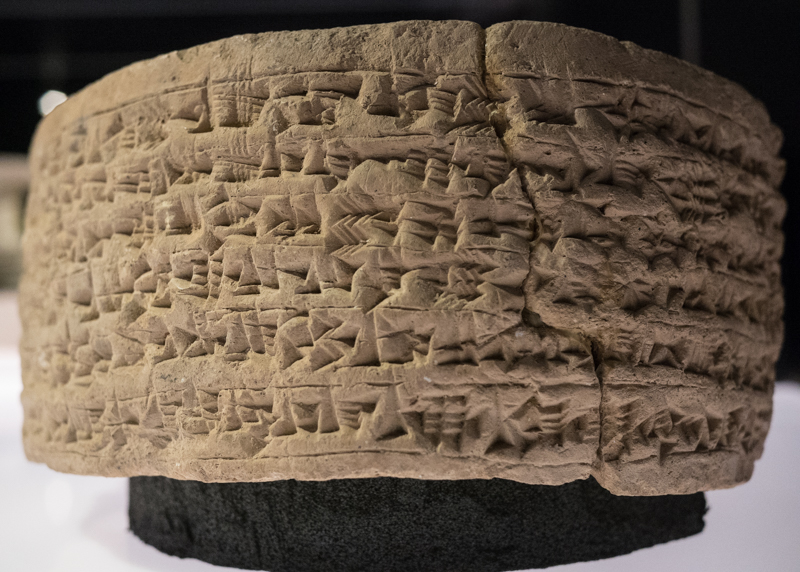
32_46
Drinking vessel with ram:
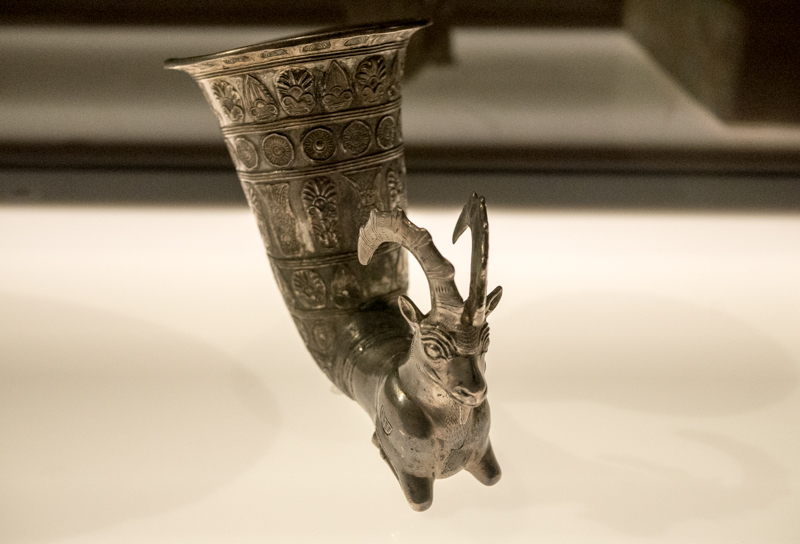
32_47
A necklace from 3000 or so years ago:
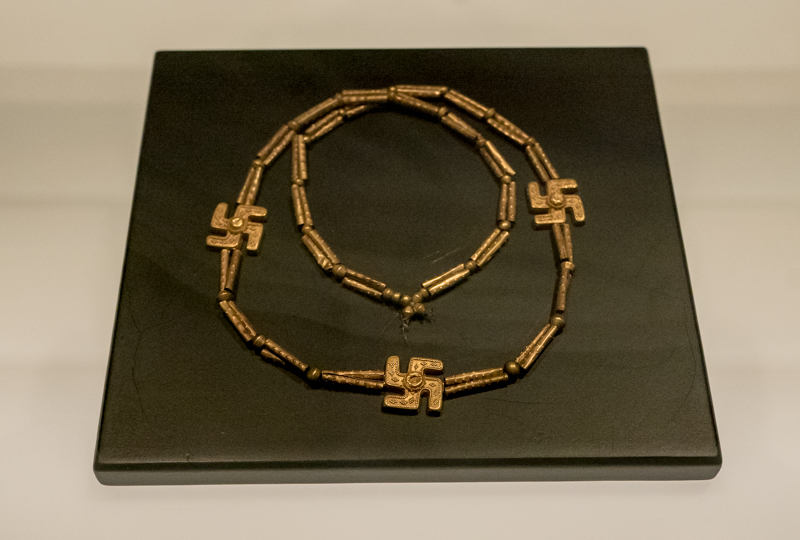
32_48
An ancient king:
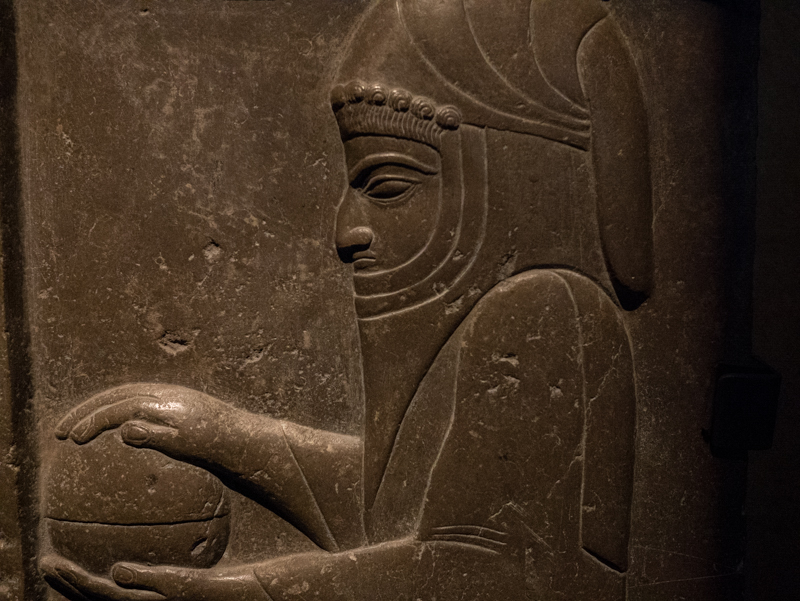
32_49
Golden magnificence:
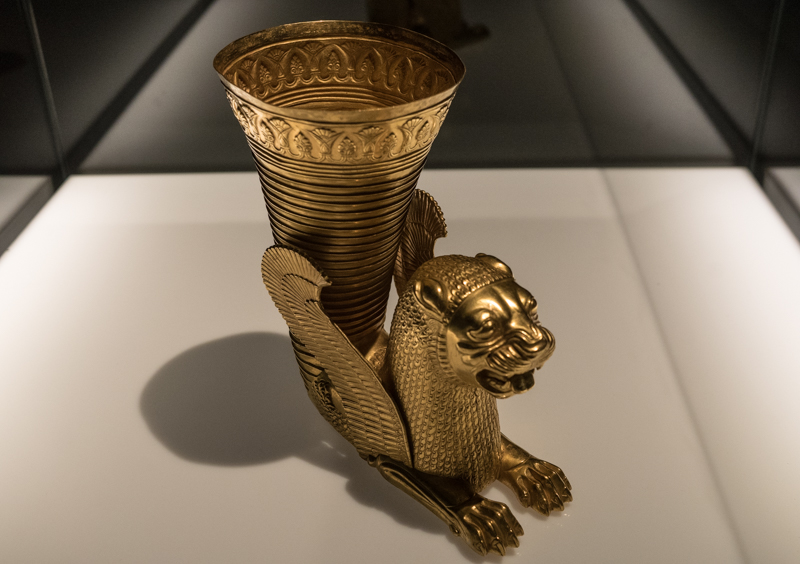
It was really nice to see this exhibition and be reminded of the role that part of the world has played in the development of our civilisation, at a time when the political situation is what it is.